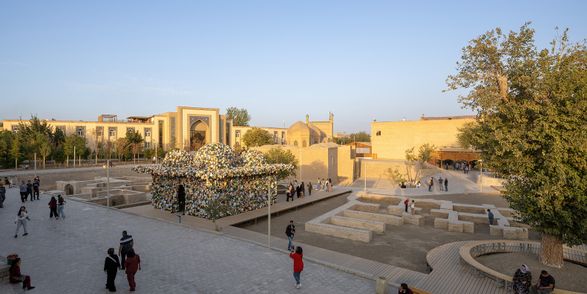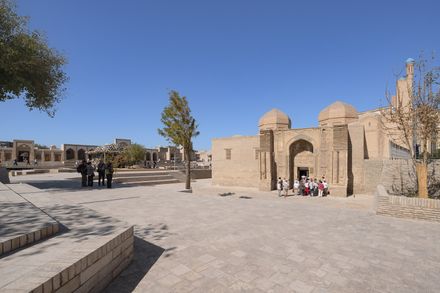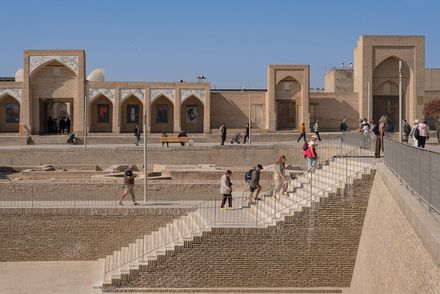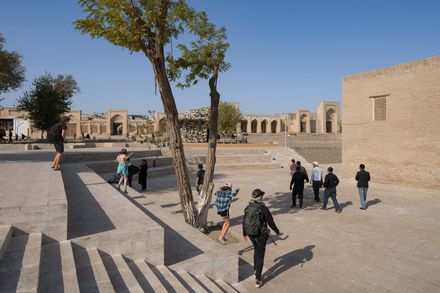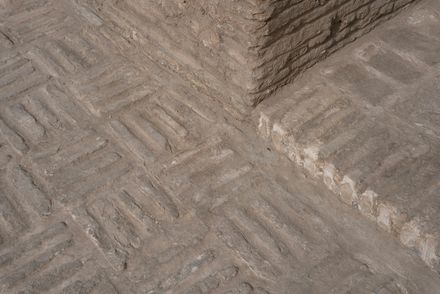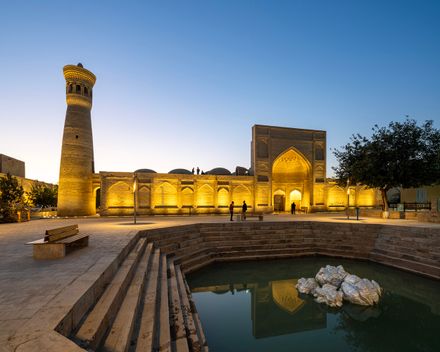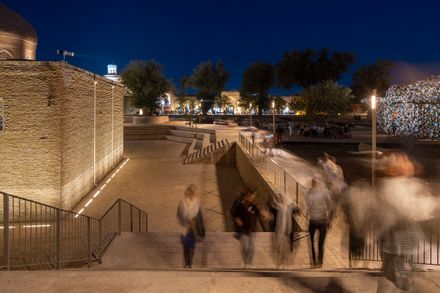
Bukhara Heritage District
ARCHITECTS
Waiwai
PHOTOGRAPHS
Deed Studio
CLIENT
Uzbekistan Art And Culture Development Foundation (Acdf)
SITE AREA
37.043 M2
AREA
26558 m²
YEAR
2025
LOCATION
Bukhara, Uzbekistan
CATEGORY
Public Space, Cultural Architecture, Heritage
English description provided by the architects.
The revitalization of Bukhara's historical district is a multi-layered initiative that proposes a contemporary urban space within a UNESCO World Heritage Site.
waiwai was commissioned to develop a masterplan for the restoration of the central heritage district, which was inaugurated with the first edition of the Bukhara Biennial in September 2025.
Throughout its history, Bukhara has been shaped by a vast range of cultural influences.
Beginning with its period of flourishing along the Silk Routes in the ninth and tenth centuries, the city has never existed in isolation but always in relation to the commercial, intellectual, and spiritual ties that bind it to its near and distant neighbors.
The project aims to reconnect Bukhara with the world as a platform of cultural exchange in the twenty-first century.
To develop the master plan, on-site research with maps and photographic records was conducted, informing the decision to define routes for pedestrian circulation through the city, reconnect ground levels that varied across historical periods, unify the way materials are used, and create new lighting conditions.
The restoration of courtyards and plazas was carried out to create space for activities and site-specific art installations at the biennial, as well as for future cultural events.
The work relied on elements and techniques that have long been central to design, craft, and architecture in Bukhara, such as brick, limestone, plaster, tile, clay, and decorative terracotta.
For example, antique bricks were used to construct all surfaces around the Magoki Attori mosque, with patterns that resemble pavements from the tenth century found at the Chor Bakr necropolis.Grounded in the architectural and craft traditions of the place, this approach highlights the potential of dynamic, adaptable renewal.


